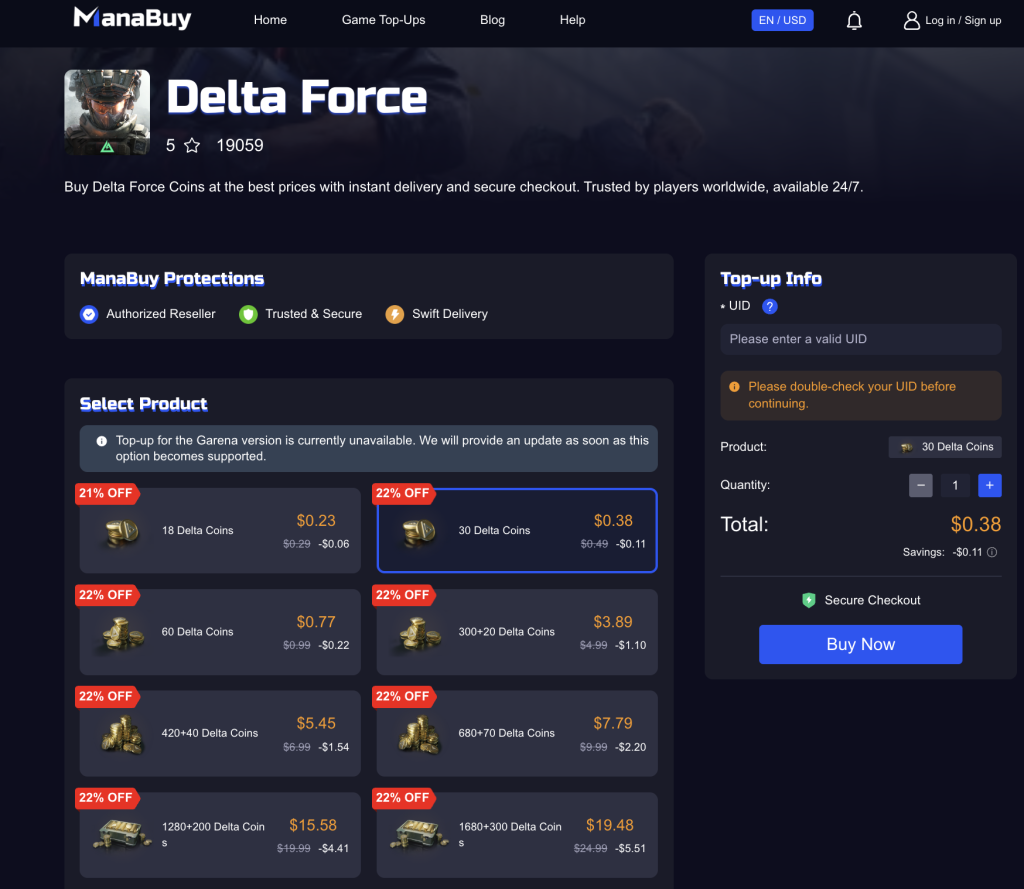Sim Racing Columbus – Where to Experience High-Speed Virtual Driving
Sim racing is more than a video game, it’s a motorsport simulation experience built for precision, competition, and adrenaline. In recent years, sim racing Columbus has gained traction with racing fans, casual players, and even real-world drivers looking to sharpen their skills. Whether you’re into realistic cockpit setups, esports-style competitions, or simply want to feel the thrill of the track, Columbus offers several ways to get behind the virtual wheel.
What Is Sim Racing?
Sim racing, short for “simulation racing,” replicates real-world motorsport conditions using digital platforms. Unlike arcade racing games that prioritize speed and spectacle, sim racing focuses on accuracy. Drivers navigate realistic tracks using pro-level physics, customizable vehicles, and detailed telemetry data.
From force feedback steering wheels to racing pedals, gear shifters, and motion rigs, sim setups are engineered to simulate how a car behaves on the track. Many systems also feature multi-screen displays or VR headsets for full immersion. Whether you’re driving a touring car, formula racer, or off-road vehicle, the realism is designed to test reflexes, consistency, and strategy.
Sim Racing Venues in Columbus
The sim racing Columbus scene includes a mix of public access lounges, esports centers, and private setups. These locations typically offer professionally built rigs with high-performance hardware and racing software like iRacing, Assetto Corsa, rFactor, and Gran Turismo.
Visitors can choose between time-trial laps, competitive events, or open racing sessions. Sessions may be paid per race, hourly, or as part of a membership model. Most venues offer adjustable difficulty and settings, so both beginners and advanced racers can find the right level of challenge.
Some setups focus on solo driving and skill development, while others offer head-to-head racing on connected rigs. The environment is often social, with spectators watching live leaderboards and split-screen action as drivers compete in real-time.
Equipment and Immersion
A major appeal of sim racing lies in its gear. In Columbus, high-end rigs commonly include direct-drive wheels with realistic resistance, load-cell pedals for accurate braking feel, and bucket seats mounted on motion platforms that simulate acceleration, braking, and cornering forces.
Audio immersion is another key part of the experience. Engine revs, tire squeals, gear shifts, and track ambiance are piped through noise-canceling headsets or surround-sound systems to create a full racing environment.
Many locations also feature VR-enabled rigs. These headsets allow drivers to move their heads freely and view their surroundings as they would in a real race car. With motion feedback and real-time visuals, VR sim racing takes immersion to another level.
Who Is Sim Racing For?
Sim racing in Columbus appeals to a wide audience:
- Motorsport Fans – Individuals who follow F1, NASCAR, or endurance racing often use sim racing to experience their favorite tracks firsthand.
- Gamers – Console and PC players looking for a more realistic racing challenge than arcade-style games provide.
- Aspiring Drivers – Teens and young adults interested in motorsports can use sim racing as a low-risk, low-cost training platform.
- Professional Drivers – Some real-life racers use simulation rigs to prepare for tracks, practice timing, and refine technical driving skills.
- Corporate Groups or Parties – Team-building events, birthday parties, and casual competitions are often held in sim racing lounges for a unique experience.
Sim Racing Events and Community in Columbus
The sim racing Columbus community continues to grow through local competitions, esports leagues, and meetup events. Some locations host weekly or monthly racing tournaments with prizes, rankings, and live commentary. These events often include qualifying rounds, time trials, and finals that mirror real-world racing formats.
Online communities in Columbus also organize races remotely, allowing participants to compete from home if they have their own setups. Leaderboards, season standings, and class divisions help simulate the structure of professional racing circuits.
For newcomers, training sessions or walk-throughs are available to help you learn the ropes. These may cover car handling, racing lines, braking points, and setup adjustments. Many experienced sim racers in Columbus are open to mentoring or sharing best practices with new drivers.
Getting Started in Sim Racing
If you’re new to sim racing, starting at a dedicated venue is a smart first step. Most places offer guidance on how to use the equipment, adjust driving assists, and select appropriate vehicles and tracks. As your confidence grows, you can experiment with different cars, drive in manual, or test more challenging conditions like wet tracks or night races.
Some enthusiasts eventually build their own sim rigs at home, sourcing parts like wheels, pedals, frames, and monitors. However, public locations remain a popular choice due to the quality of hardware, consistent maintenance, and social atmosphere.

